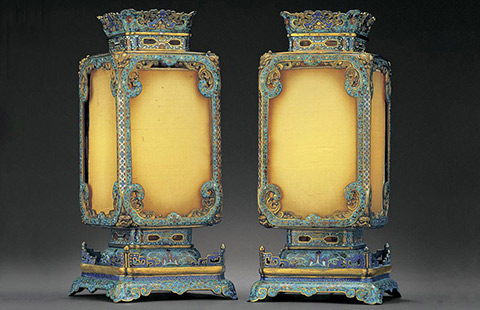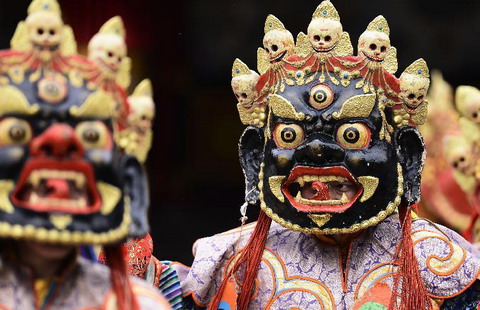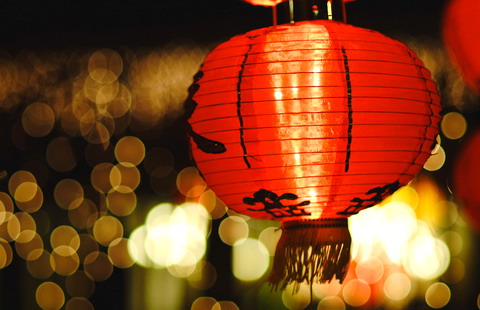Keeping a living language alive
By Wang Kaihao ( China Daily ) Updated: 2014-10-08 07:50:22
 |
|
Zhang Xu (right), head of Beijing Association of Dongba Culture and Arts, works with the shamans to preserve the endangered language.[Photo proviced to China Daily] |
Sinologists introduced Dongba scripts to the West in the early 1900s. The first Naxi dictionary was developed by Austrian-American Joseph Rock, who devoted his life to studying the Dongba.
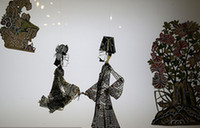 |
Less than half of the world's 30,000 Dongba manuscripts are in China.
Harvard University, the US Library of Congress and European institutions—including University of Manchester, British Library and Berlin State Library—house large collections. Private collectors own many others.
"Many of the manuscripts in China were burned decades ago because of historical and political reasons," Zhang says.
"It's difficult to repatriate works that are overseas. Fortunately, most institutions share digitized versions."
Her team has traveled the world to take high-definition photos of the pages and ask Dongba shamans to decipher them. They plan to publish a detailed catalog.
Zhang, who's a former TV program director, also realizes the importance of filming the shamans' explanations.
But funding is the problem. Zhang believes her association must partner with others.
German anthropologist and Zurich Ethnographical Museum's former director Michael Oppitz says only about a third of the existing manuscripts have been digitized. Oppitz proposed a "united pool of Naxi manuscripts" in 1999.
|
|
|
|
|
|
|
|


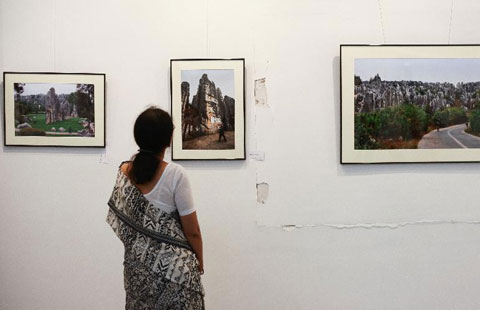
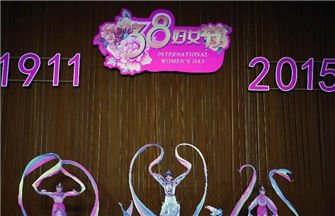
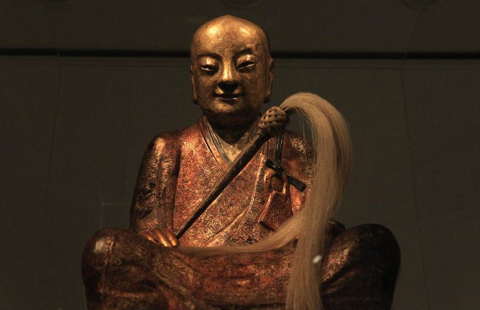

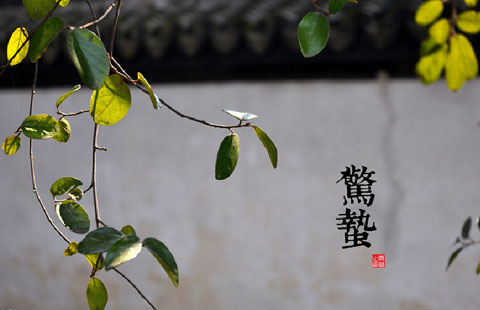

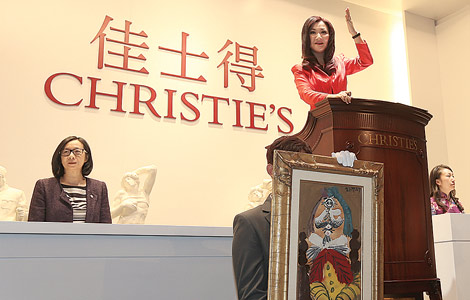






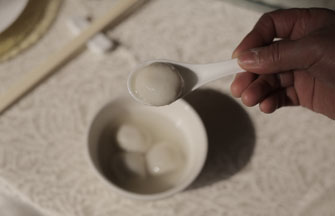






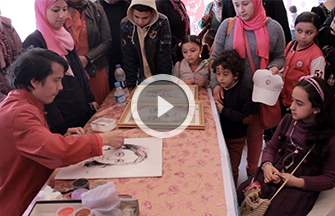

 Raymond Zhou:
Raymond Zhou: Pauline D Loh:
Pauline D Loh: Hot Pot
Hot Pot Eco China
Eco China China Dream
China Dream China Face
China Face
